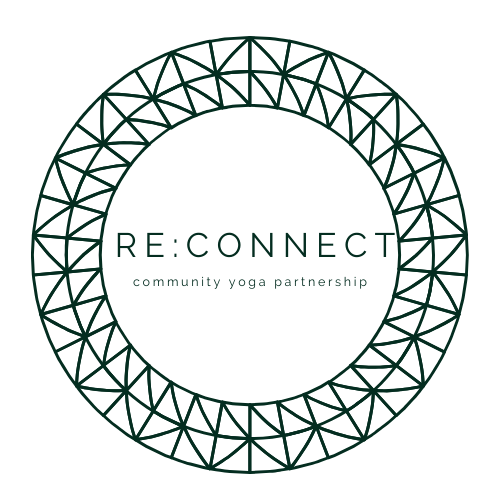Power
- reconnectyogauk
- Jun 1
- 3 min read

Redefining Power: From Domination to Transformation
Power. It’s a word that often evokes images of dominance: one force winning over another, strength being proven through conquest, or control asserted through sheer will. We're taught that to be powerful is to overcome opposition, whether that’s external challenges or inner weaknesses. But what if this conventional idea of power is not only limiting, but actually fragmenting us?
In the traditional paradigm, power is seen as power over—a struggle between dualities. One side wins; the other loses. In our inner world, this often manifests as a battle between the parts of us we deem “strong” and those we label “inferior.” We are often encouraged to “mind over matter” our way through life, suppressing instinct, emotion, and vulnerability in favor of rational control or external success.
When we “win” such a battle, we may feel a fleeting sense of control or superiority. When we “lose,” we’re left with shame, helplessness, or a sense of powerlessness. But either way, this internal conflict doesn’t lead to integration—it leads to fragmentation. We become divided within ourselves, and this inner war drains our energy rather than fueling it.
So, what if there’s another way?
Power as Transformation
Real power is not about conquering or suppressing. It’s not about staying safe, being in control, or dominating what feels uncomfortable. True power is transformational. It invites us to face the unknown—not with aggression, but with curiosity and courage. It strengthens us not through resistance, but through growth.
This kind of power doesn't diminish others. It doesn’t seek victory over weakness. Instead, it includes and uplifts. It is a power that integrates and inspires. It gives us the strength to meet challenges, not by armoring ourselves, but by becoming more of who we really are.
Power, in this sense, is about coming back to yourself—reclaiming your inner authority and reconnecting with your values, instincts, and needs. It’s about creating space within, and around, yourself to honour those needs. This includes setting clear boundaries—not as walls, but as pathways to clarity and self understanding. Boundaries allow us to see ourselves more clearly, to identify what supports or drains us, and to take aligned action.
Just like a muscle, power doesn’t grow by doing nothing. It grows by being used. And not in the old way of struggle, but in the new way of choosing growth over fear, movement over stagnation, alignment over fragmentation.
The Power Within: Manipura Chakra
In yogic philosophy, this inner strength is deeply connected to the Manipura Chakra, located in the solar plexus. This energy centre is the seat of our personal power, our purpose, and our energetic vitality. When it is balanced and active, we feel confident, decisive, and capable. We believe in our ability to take action, to transform, and to bring our intentions into reality.
Manipura invites us to shine like the sun—radiating warmth, clarity, and power that empowers both self and others. It’s not about burning others out, but about lighting the way from the inside out. It teaches us that compassion, too, must flow in both directions. If we offer kindness and care to others but deny it to ourselves, the balance of energy becomes unsustainable. Real power holds both: compassion for others and compassion for self in equal measure.
Hope Through Empowerment
When we begin to understand power not as dominance but as transformation, we reconnect with a deeper hope. A sense of personal power gives us the belief that we can, that we are not victims of circumstance, but active participants in our lives.
This hope isn’t naïve; it’s grounded in the lived experience of growing through challenge, moving through fear, and discovering resilience we didn’t know we had. It’s supported by our capacity to return to ourselves, to clarify our boundaries and values, and to cultivate compassion without losing ourselves in the process.
True power doesn’t separate—it restores wholeness. It doesn’t control—it creates space. And most of all, it begins within.







Comments